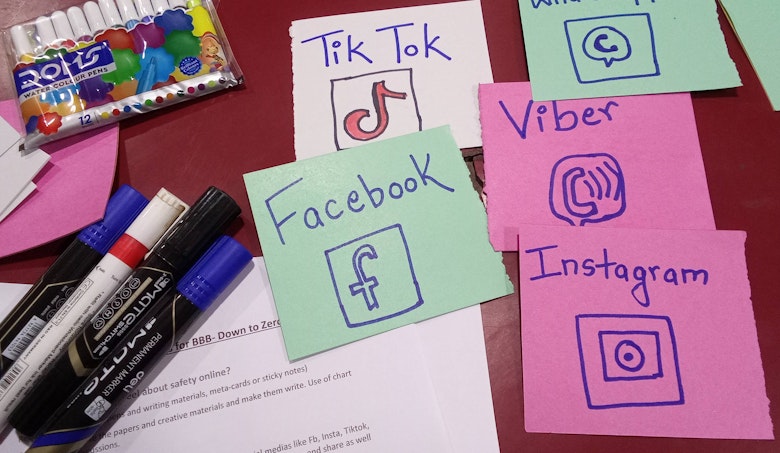Safety by design to keep children safe online
The internet provides a world of opportunity for children and has been a lifeline for many during the COVID-19 pandemic. However, it also poses a growing risk of exposing children to irreversible harm. “There is a lot of content on the internet that can have a negative impact on us,” a child from Romania shares. The Down to Zero alliance researched child safety by design, and identified solutions and EU recommendations to keep children safe online.
Prevalence of online sexual exploitation of children (OSEC) exploded in 2021, with unprecedented increases in reported cases of grooming, child sexual abuse materials (CSAM), sextortion, and other abuse and exploitation. Evidence confirmed by children shows that current measures are not sufficient to shield children from encountering harmful situations in their internet and social media use.
“There are adults that talk to teenage girls, they bother them, tell them they have work for them, if they want work, and different things I have seen.”
(15 year old girl from Bolivia)
Safety by design
Safety by design means user safety is at the core of designing online platforms. Under the Building Back Better programme, the Down to Zero alliance initiated a research on safety by design. The research involved a systematic review of 151 mostly peer-reviewed sources, an international panel of 20 senior online safety experts, and focus group discussions with 141 children (aged 11 to 16) in ten countries. This resulted in a set of concrete safety by design solutions for those with the power to bring about change: five policy recommendations for the EU and nine solutions for the industry, including from children.
“I was connected with a female friend on Facebook. After some days, I found him as a boy which made me tremendously embarrassed. I eventually blocked the person.”
(15 year old child from Bangladesh)
Solutions from children
In the focus groups, children suggested some immediate ways of strengthening the design of social media platforms. Children want safety features that are more visible, so that it is easy for children to take action when they do feel unsafe. Children raised the issue of imposing consequences on abusers. They also supported the fact that platforms should play a bigger role in keeping children safe by using risk detection tools and mitigation strategies, like intervening with pop-up messages to prompt children to be aware of and respond to risks. Lastly, they wanted their content to be extra protected so that it cannot be downloaded or go viral.
The focus groups with children took place in Bangladesh, Bolivia, Colombia, Estonia, Nepal, Netherlands, Nicaragua, Philippines, Romania, Thailand.
Down to Zero
Worldwide, an estimated 1 to 2 million children and youth are sexually exploited. Down to Zero, the alliance of Terre des Hommes Netherlands, Plan International Netherlands, Defence for Children - ECPAT, Free a Girl and ICCO (part of Cordaid), aims to ensure that children and youth are better protected when at risk or victim of sexual exploitation, during and in the aftermath of the Covid-19 pandemic. Building Back Better is implemented in twelve countries in Latin America and Asia: India, Bangladesh, Nepal, Indonesia, Philippines, Thailand, Bolivia, Colombia, Peru, Nicaragua, Brazilië and the Dominican Republic.

